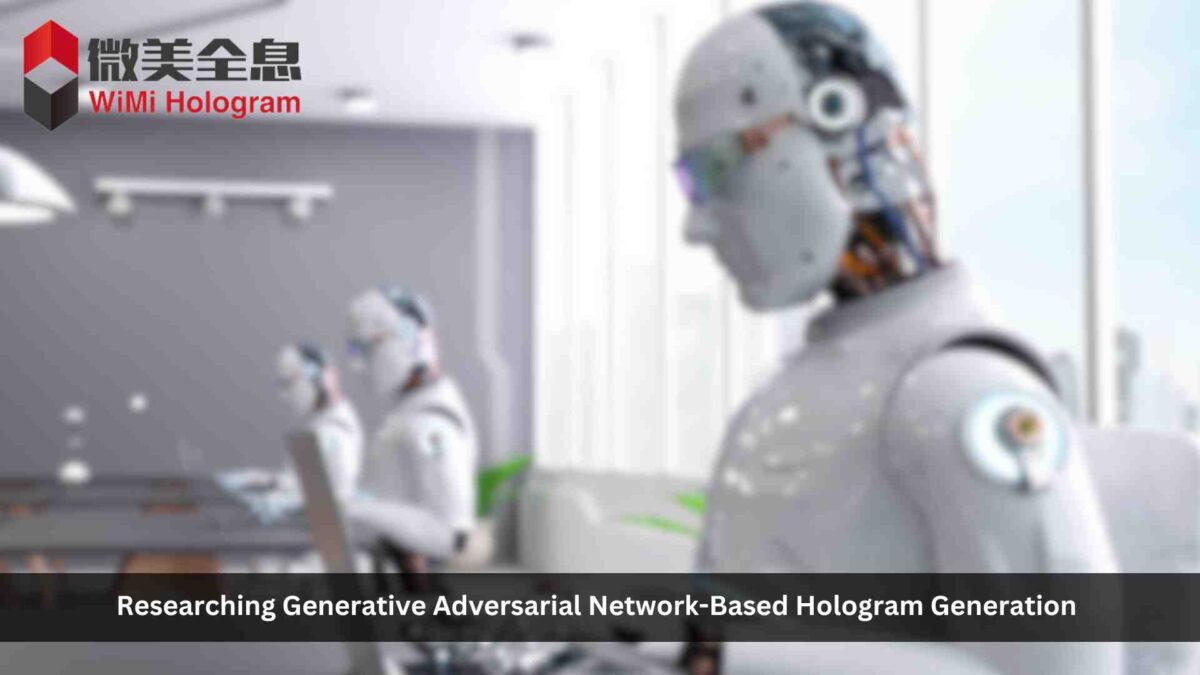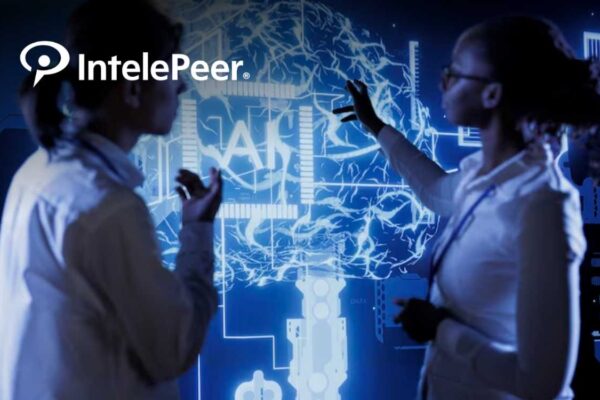WiMi Hologram Cloud Inc., a leading global Hologram Augmented Reality (“AR”) Technology provider, today announced that its R&D team is working on the generative adversarial network (GAN)-based holographic image generation. It is going to apply generative adversarial networks to holographic image generation
GAN is a neural network model consisting of a generator and a discriminator for image generation through adversarial learning. The generator is used to generate the interference pattern of the hologram, while the discriminator is used to determine whether the generated hologram is realistic or not. By iteratively training the generator and the discriminator, more realistic and high-quality holograms can be obtained, providing new possibilities for the application of holograms.
The application of GAN-based holographic image generation researched by WiMi can be divided into the following steps:
Data preparation: First, the hologram datasets for training the GAN need to be prepared, and these datasets should contain holograms with diversity so that the generative adversarial network can learn the features and structure of the holograms.
Building a GAN: Including building a generator and a discriminator. The goal of the generator is to generate images as close as possible to the real holograms, and it is responsible for generating realistic holograms, while the discriminator is responsible for judging whether the generated images are real or not, and its goal is to distinguish real and fake holograms as accurately as possible, and it evaluates the authenticity of the input images by classifying them. The generator and the discriminator are constantly optimized by adversarial training to achieve the goal of generating realistic holograms.
Adversarial training: the GAN is trained using the prepared hologram dataset. The generator and the discriminator are trained by means of adversarial learning. The generator generates holograms and passes them to the discriminator for judgment and classification. The discriminator gives feedback based on the realism of the generated image and passes it to the generator to optimize and update its parameters to make the generated image closer to the real hologram. Through repeated training, the generator and the discriminator gradually improve their performance, and the generated holograms gradually become more realistic and the image quality gradually improves.
Evaluation and tuning: After the training is completed, the generated holograms need to be evaluated and tuned. The generative adversarial network is first evaluated to assess the degree of realism and accuracy of the generated images. According to the evaluation results, the parameters of the generative adversarial network are tuned to further improve the quality of hologram generation.
The coordination between the generator and the discriminator can help the generator network to learn a better image processing ability, so that the holographic image generation technology based on generative adversarial network has a more realistic holographic image generation ability, higher quality holographic image generation effect, and these advantages make the holographic image generation technology based on the GAN in has a wide range of prospects for application in a wide range of application areas, including medicine, education, entertainment and other fields.
However, the current holographic image generation based on GAN still has some limitations in generating realistic images, such as the image details are not clear enough and the colors are not vivid enough. Future, WiMi will focus on improving the structure and training algorithm of the generative network to improve the quality and realism of the generated images.
Hologram generation based on GAN requires a large amount of computational resources and time. In the future, WiMi will improve the speed and efficiency of hologram generation by optimizing the network structure and algorithms, as well as by using techniques such as parallel computing and hardware acceleration. In addition, it will explore how to make the generation network capable of generating more diverse holograms by introducing methods such as variational autoencoders, increasing the diversity of generated images and meeting the needs of different users.
Currently, GAN-based hologram generation is mainly used in virtual reality, augmented reality and other fields. In the future, WiMi will be expanded to more application fields, such as applying it to medicine, engineering design, literary and artistic creation and other fields, providing more possibilities for these fields.























